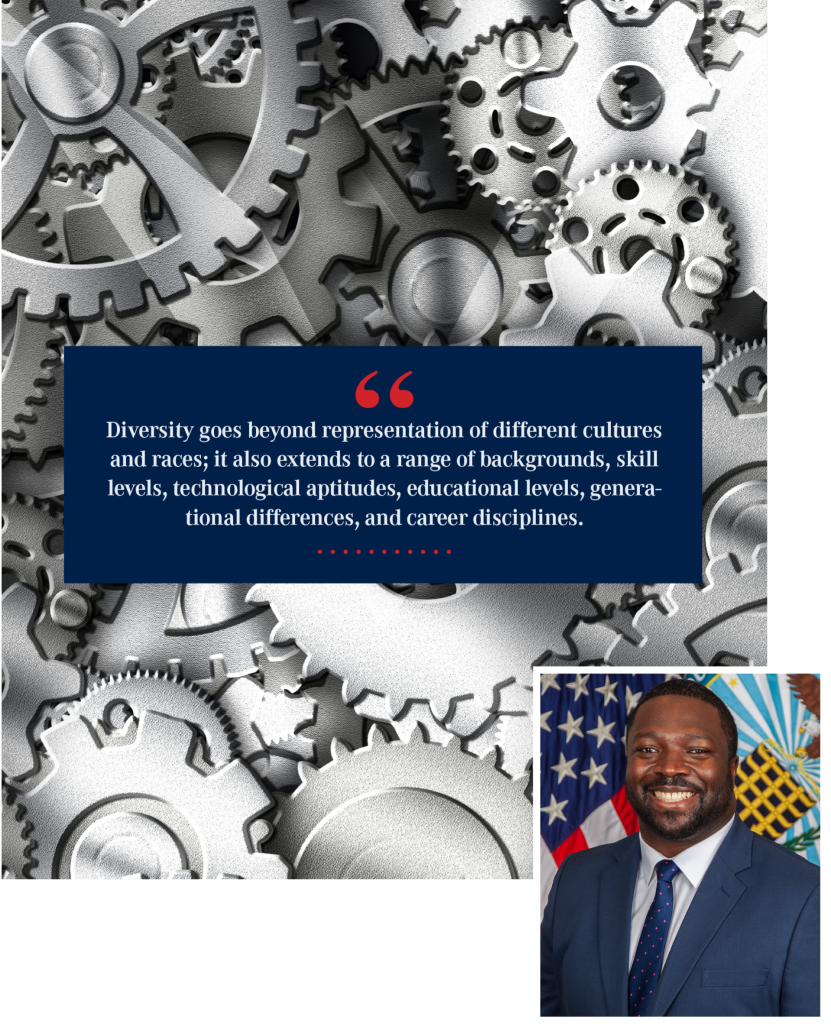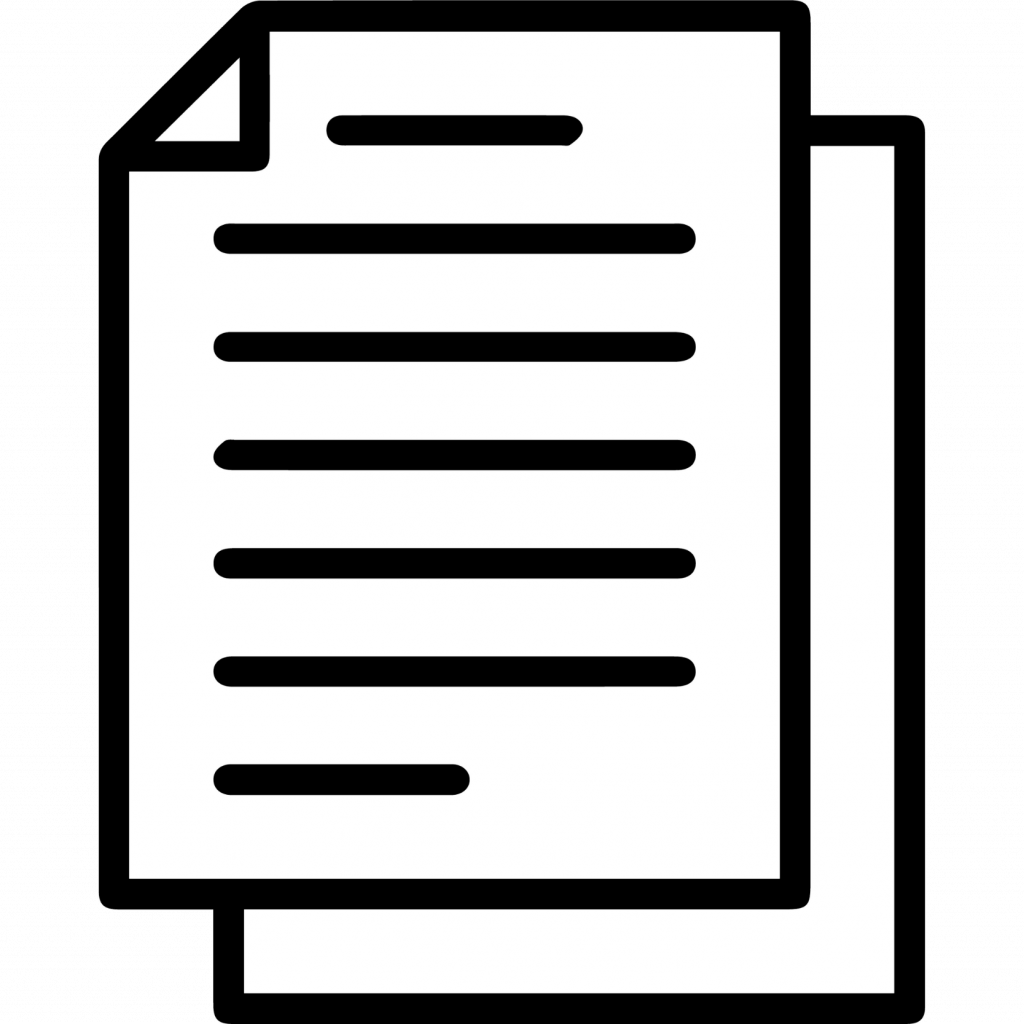The MIROR Journal
The Managing Insider Risk & Organizational Resilience (MIROR) Journal (Online ISSN 2832-5427 | Print ISSN 2832-5419) is a scholarly Open Access journal published by the West Point Press, the publishing arm of the United States Military Academy, and produced by the Insider Threat Research Program at the Department of Mathematical Sciences at the United States Military Academy.
The views expressed in the journal are those of the authors and not the United States Military Academy, the Department of the Army, or any other agency of the U.S. Government. The mention of companies and/or products is for demonstrative purposes only and does not constitute an endorsement by the United States Military Academy, the Department of the Army, or any other agency of the U.S. Government.

Review Process
The editors will review content across those areas that move discussion forward concerning insider risk and organizational resilience, including but not limited to the following:

Recruitment and pre-employment screening. How do we recruit and hire the right “fit” for our organization, setting the stage for longer term and higher quality retention?

Development and/or implementation of policies and practices. How does an agency build policies and practices to accomplish its mission while maximally protecting against risks presented to mission accomplishment from the inside?

Training and education. How do we effectively train the workforce on policies and practices (prepare for the known) and educate toward continuous improvement (prep for the unknown)?

Continuous evaluation. How do we foster trust across the enterprise by thoughtfully and respectfully verifying the alignment of values between individual and organization extant at hiring continues to result in mutually supportive behaviors?

Risk modeling and reporting. How do we leverage the tremendous suite of quantitative and qualitative mathematical, statistical, and mental models that exist (or will exist) against the challenge of keeping people and organizations happy, healthy, and safe? How are the results of those models communicated to leaders to facilitate decision making and change?

Data science applications. Data science is arguably the most “in-demand” contemporary analytical field—how may we benefit from the groundbreaking knowledge and techniques in the insider risk and threat management field?

Creation and maintenance of positive organizational culture. Employees that are connected to and invested in their organization are protective and constructive toward themselves, their peers, and the company. How do we make, keep, and foster such an environment?

Employee intervention. How do we identify people and practices that increase risk of negative insider activity and align appropriate resources to protect people and the enterprise?

Submissions in the following categories are welcome:

Professional Commentary
Professional commentaries seeks to bring forward insight from leaders in the field and highlight recent developments, concerns, and bridge gaps between industry, government, and academia. A Professional Commentary includes references as embedded discussions in the text and no endnotes.

Original Research
Traditional research article with findings and results up to 5,000 words. Short articles (1,500 – 2,500 words) with preliminary findings, early results, or responses to current developments are considered as Research Notes. No need for a bibliography. The journal’s formatting style is the Chicago Manual of Style, 17th edition, endnotes.

Lessons Learned, Case Studies, Vignettes
Experiences from practitioners and professionals close to the developments in the field. The article type is a feedback loop from the field back to the community. A Lessons Learned, Case Studies, Vignettes article has needed references as embedded discussions in the text and no endnotes.

Review Articles
Synthesize seminal and/or canonical works in a particular area informing the ideas of insider risk and organizational resilience to inform the readership of important foundational knowledge in the field.


